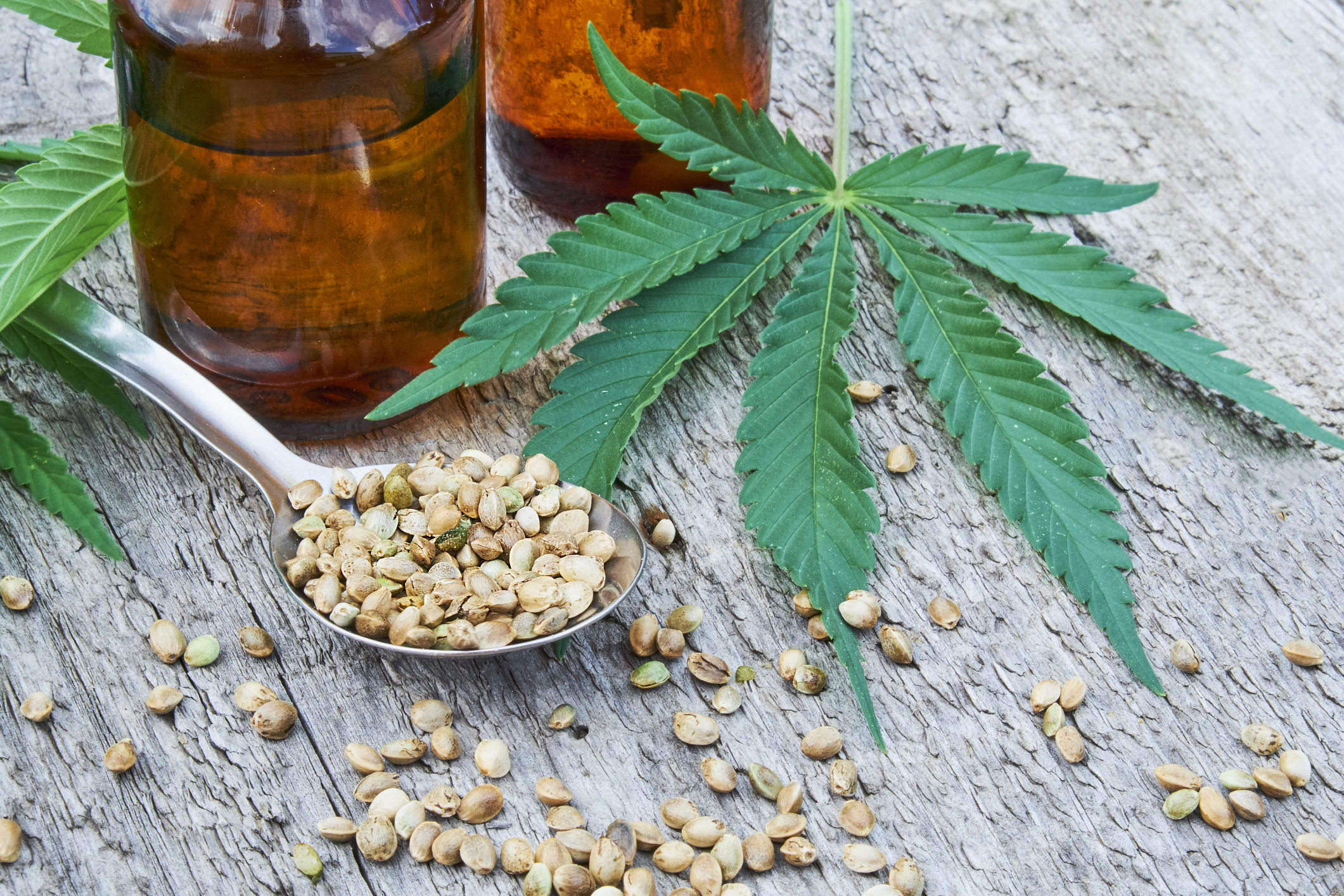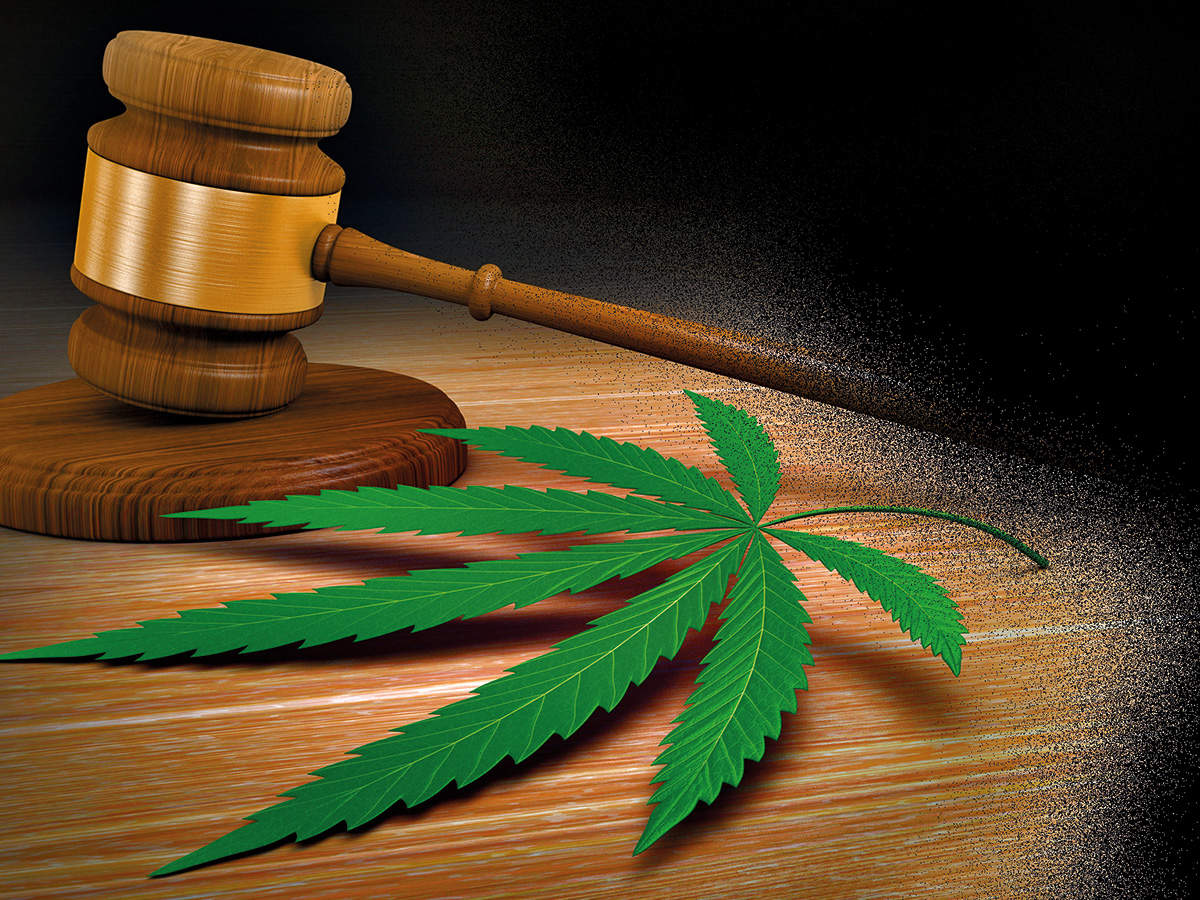Marijuana is by far the most widely used ‘illicit’ drug in the world. In the United States and many other nations, it is a controlled substance. The American Controlled Substance Act states that cannabis is a drug with a high risk of addiction, and no proven medical value.
Its proponents point to the countless studies which suggest otherwise. The debate on whether marijuana is a dangerous drug or one with therapeutic capabilities rages on. This article looks at both sides of the story, starting with the perception that cannabis should remain prohibited.
Why Marijuana is a Dangerous Drug

One of the main strikes against marijuana is its effect on the human brain. A study by Riba et al., published in the March 2015 edition ofMolecular Psychiatry, looked into this issue. The researchers found that heavy marijuana users are at greater risk of developing false memories than the general population. This is the case even if they abstain from cannabis for a month.
A study by Smith et al., published in the March 2015 edition ofHippocampus, found some troubling data. The researchers discovered that teenagers who smoked cannabis regularly were more likely to have memory problems in adulthood. Teenagers who used cannabis every day for three years had abnormally shaped hippocampal regions once they entered their twenties. Moreover, these individuals performed 18% worse than average in long-term memory tests.
A more concerning finding relates to the supposed damage marijuana can do to the heart. A 2005 study by Moore et al., published in the Journal of General Internal Medicine, found that marijuana smoking is detrimental to respiratory health. The study concluded that it has “similarities to tobacco smoking” in that regard.
THC is the most abundant intoxicating compound in marijuana. According to the National Institute on Drug Abuse, THC can increase your heart rate by up to 50 beats a minute for up to three hours. The Journal of the American Heart Association says that regular marijuana use increases the risk of heart attack, stroke, and heart rhythm disorders.
Areview of studies published in CMAJ Open in 2018 looked at 68 reviews. It found evidence of harm in 62 of the reviews for brain changes, mental health disorders, and cognitive outcomes.
Marijuana is classified by the Drug Enforcement Agency (DEA) as an illegal Schedule I drug which has no accepted medical use. However, recent studies have shown that medical marijuana is effective in controlling chronic non-cancer pain, alleviating nausea and vomiting associated with chemotherapy, treating wasting syndrome associated with AIDS, and controlling muscle spasms due to multiple sclerosis. These studies state that the alleviating benefits of marijuana outweigh the negative effects of the drug, and recommend that marijuana be administered to patients who have failed to respond to other therapies. Despite supporting evidence, the DEA refuses to reclassify marijuana as a Schedule II drug, which would allow physicians to prescribe marijuana to suffering patients. The use of medical marijuana has continued to gain support among states, and is currently legal in 16 states and the District of Columbia. This is in stark contrast to the federal government’s stance of zero-tolerance, which has led to a heated legal debate in the United States. After reviewing relevant scientific data and grounding the issue in ethical principles like beneficence and nonmaleficence, there is a strong argument for allowing physicians to prescribe marijuana. Patients have a right to all beneficial treatments and to deny them this right violates their basic human rights.
“Human THC”
In the early 1990s Pertwee’s research group helped to uncover human-produced chemicals similar to THC that stimulate our appetites and help us control pain. “We produce our own cannabis, in effect,” he said. “It often seems to have a protective role.”
According to Benson, of the University of Nebraska Medical Center, the debate should not be about whether marijuana works to relieve symptoms, but how to best deliver its chemical constituents.
“Smoking is a terrible delivery system,” he said. Aside from the potential risk of lung damage, the potency of smoked marijuana is difficult to measure, because THC levels vary widely from plant to plant.
Currently, a synthetic version of THC is available to cancer and HIV/AIDS patients in the U.S. as an oral drug known by the brand name Marinol. Approved by the U.S. Food and Drug Administration, the drug (dronabinol) allows patients and doctors to control the amount of active compound that is delivered.
Benson noted, however, that some patients prefer smoking pot to taking pills because the effects set in much faster. “When you inhale something into the lungs, it’s very rapidly absorbed—you get an effect in five minutes,” he said. “When you take a capsule, it may take an hour and a half.”
THC drugs would be more effective, Benson added, if they were delivered through a fast-acting oral spray similar to asthma inhalers.
Synthetic THC
According to the 1999 IOM report, the legal status of marijuana has greatly colored the scientific debate over the plant’s use in medicine.
The broad U.S. federal drug law known as the Controlled Substances Act of 1970 lists marijuana as a Schedule I substance. The designation describes drugs with a high potential for abuse and no accepted medical use. Other Schedule I drugs include heroin and LSD.
In 1972 the National Organization for the Reform of Marijuana Legislation, a nonprofit advocacy group, unsuccessfully lobbied the U.S. government to relist marijuana as a Schedule II substance. That class includes drugs such as morphine and cocaine that are highly addictive but have well-established medical uses.
Why Marijuana is Potentially a Healing Herb

The marijuana plant grows naturally, and its cannabinoids act on the cannabinoid receptors in the human endocannabinoid system (ECS). Theancient Chinese used it medically thousands of years ago. Even in the early 20th century, you could purchase it from American pharmacies.
Everything changed once marijuana became associated with Mexican immigrants in the 1910s. By the 1930s, it was completely illegal, which made scientific research almost impossible for several decades. Now that so many states have legalized medicinal marijuana, it has become easier to find research to show its possible healing properties.